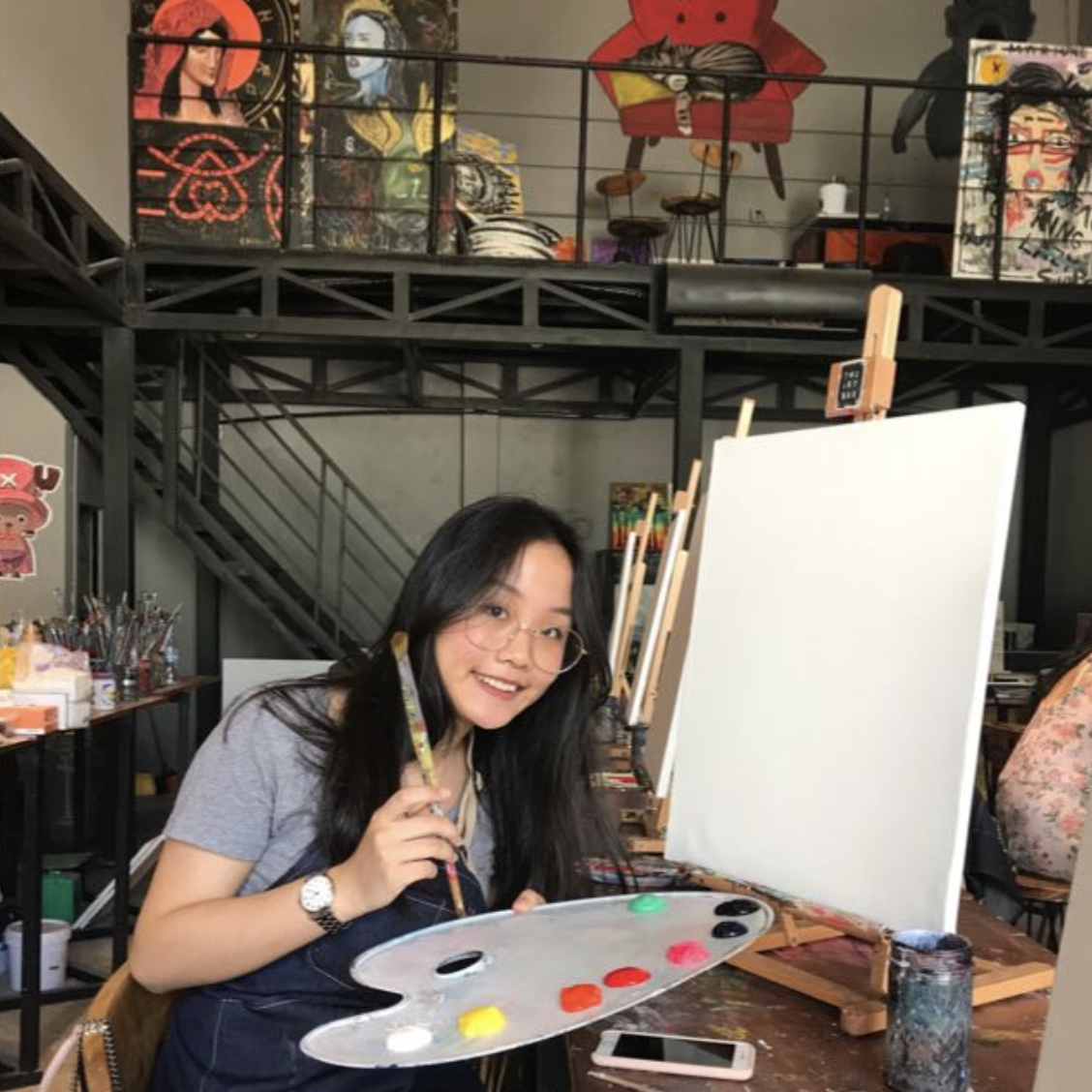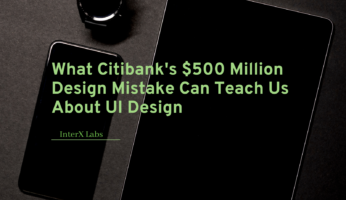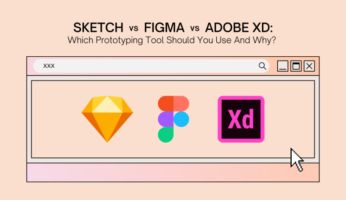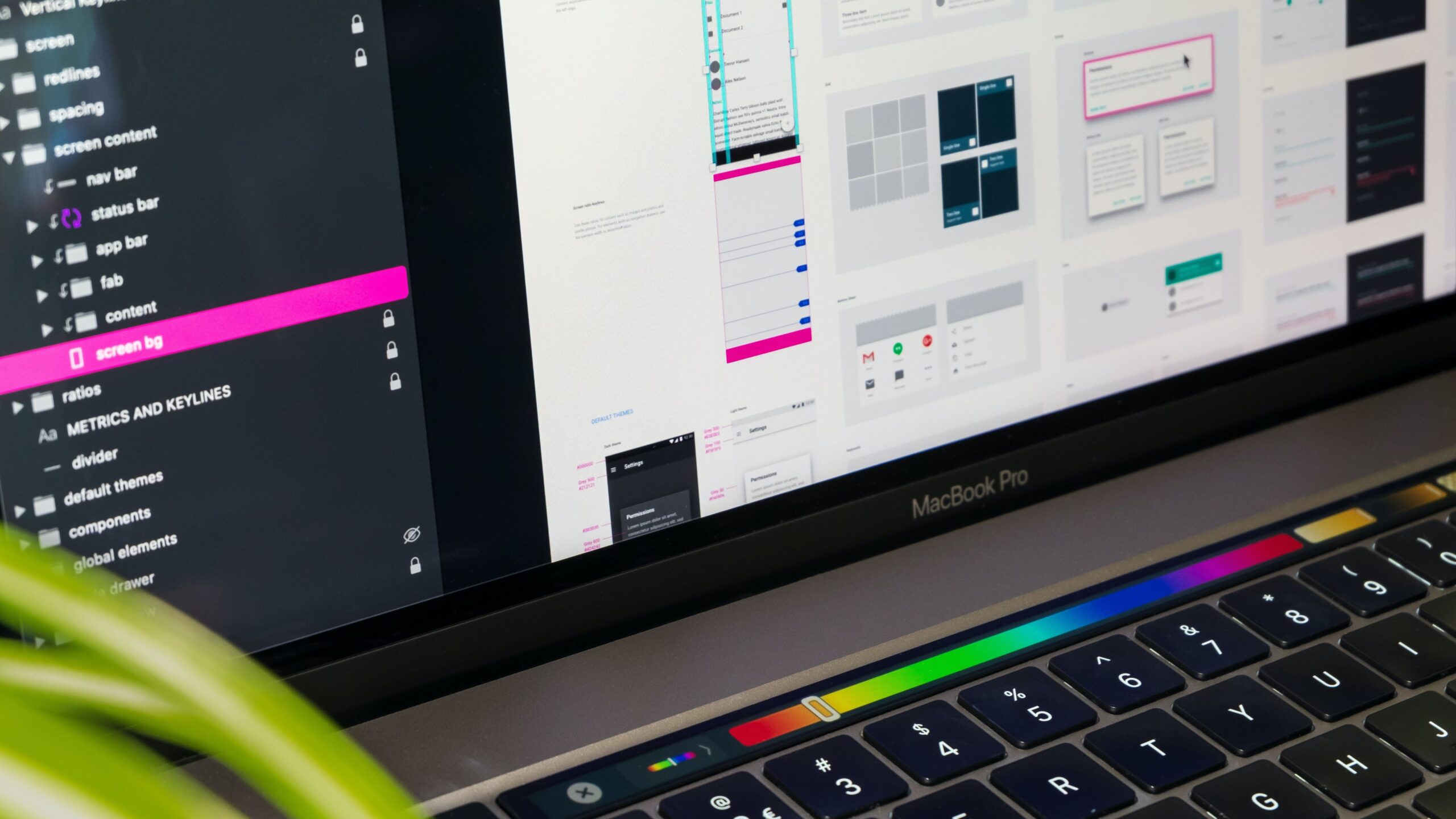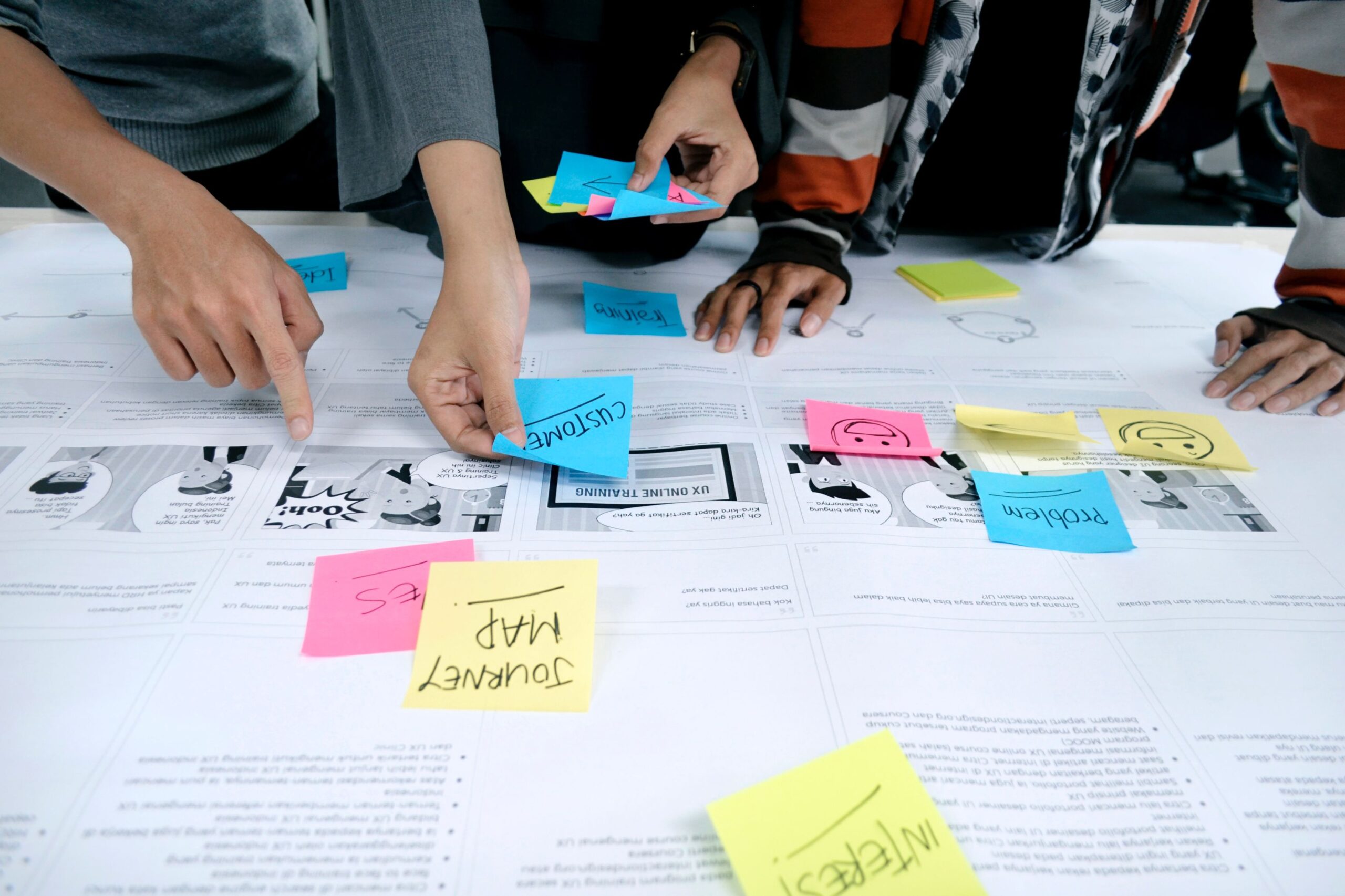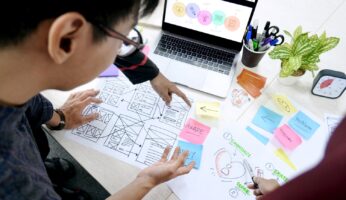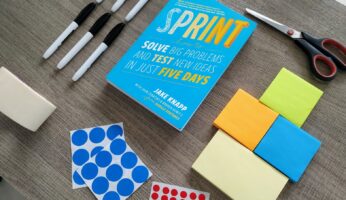
Top 5 Hottest Mobile App Design Trends For 2021
With 3.8 billion smartphones in use today and mobile traffic accounting for 52.6% of the global traffic, applications now are more than mere tools but pocket companions.
The question is: How do you continue to branch out online and widen your user base?
Sure, you might have an excellent app idea, but what brings it together is the mobile application design (and development of course). It’s essential to keep up with the hottest app design trends and keeping your app up to date.
However, it may be a daunting task to keep track of all the latest trends. Thus, we’ve enlisted the help of reviews from app designers, for who would know better than app designers themselves! We bring you the five design trends we’ve been noticing in Asia lately.
Here are the top 5 mobile app design trends that you can expect to see more in 2021 and beyond: We’ve sampled opinions and done our research to break down these trends for you – what they are and how you can use them to optimise your user interface.
#1 Animated Illustrations
Source: Grab By Danis
Illustrations have been a popular trend in the digital product design scene, and their evolution through the years has been nothing short of impressive. In 2021, we can expect to see designers looking to veer off on a new tangent: Animated Illustrations.
Flexible and multifunctional, they serve as visual stimulations and cues that support users in navigating your app. The purpose of this design is to effectively impart your story to users, which is particularly useful when you want to avoid an information overload that can throw off newcomers.
Simply put – It marks out the key elements of the mobile application interface, capturing the users’ attention, therefore imparting a feeling of a live and dynamic user experience.
While the concept of illustrated animations isn’t new, what we’ve seen so far is just the tip of the iceberg. Virtually every app has some sort of animated illustration in its interface if you look closely. We can already see mobile apps in Asia adopting this trend, such as Grab and Foodpanda.
#2 Photorealism and 3D Rendering in Mobile UI

Source: StockX
Photorealism has gained momentum since their inception in the 1960s. Through time and device improvement, the ease of software has made it easier to incorporate photorealistic renders and images into mobile interface designs.
The photorealistic 3D graphics in user interface design offers a twist to traditional photos, allowing users to perceive the product or service interactively and engagingly:
This brings greater emphasis and visual variety to the elements in the design. It could be viewed in a 360-degree presentation, further enhancing users experience.
You can use 3D graphic design to present the product or services in an interactive and engaging way, allowing designers to command attention from users. It imparts a sense of physical space and feels that traditional 2D graphics might not pull off. Its photorealistic elements serve as an alternative to photography while improving or emphasising an app’s functionality.
We’ve seen this already playing out in apps that utilise 3D render models to emulate an in-store shopping experience.
#3 Immersive Experiences

Source: Toontastic with Google
In 2021, designers are going above and beyond to break the confines of our smartphones. With most of the world spending the past year cooped up inside their houses, mobile app designers are creating immersive experiences accessible from just an app. They aren’t just beautiful, but also a joy to use.
Immersive Experiences are design works that will lead users to be fully absorbed in an experience, namely through the level of interactions it allows for. Most notably – we can think of virtual or augmented reality (VR, AR).
However, there are other forms of immersive experiences that you can create besides VR and AR for those who lack VR equipment.
For example, several significant apps have released immersive experiences in the form of 360-degree apps that provides you with an”All-Around” experience, drawing you in as you’re using it — one immediate example is YouTube 360, which takes viewers through an experience to any country you desire and you can view your surroundings in 360.
Toontastic with Google is another example of immersive experience — teachers and students can now create their own stories using this WYSIWYG (what-you-see-is-what-you-get) 3D cartoon animation editor with minimal rendering or tech skills needed. Tech is getting easier to use, more personable and ever more immersive.
#4 Personalisation
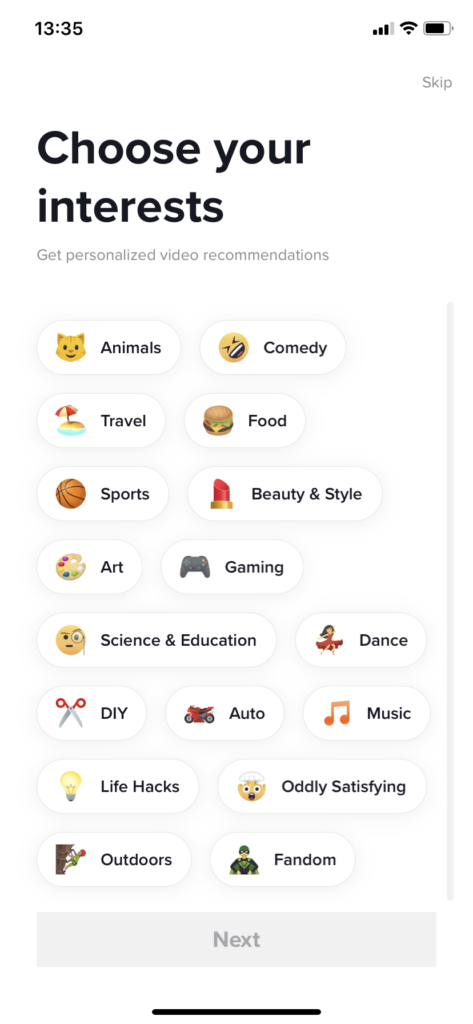
Source: TikTok
If your app idea is about providing users with a truly personalised and catered experience, one way to achieve this is through personalisation.
This app design trend typically takes the form of a system set up by developers to identify users individually according to preset segments and deliver the visual best bet of specific information and suggestions. After implementing personalisation in your application, the content, graphic elements, functionality, etc., shown to the user will depend on their preferences.
It meets the needs of specific audiences and aims to present user experiences that are customised to their particular needs, rather than a broad, one size fits all experience for all its users. It changes the functionality, interface, information content, or distinctiveness of a system to increase personal relevance to an individual.
Streamlining the functionality of your app (user tasks), what’s more, a relevant interface can encourage increased interactions from users, building a deeper direct connection with users and help increase conversion and customer loyalty.
#5 Augmented Reality

Source: IKEA Systems
In 2021, mobile app designers are less concerned with the traditional borders of confining an application to just your phone. While traditionally used in entertainment, designers have taken the chance to build incredible models utilising AR for more than just entertainment.
This app design trend of immersion is set to continue in 2021, with boundless opportunities. AR adds digital elements to a live view often by utilising the camera on your mobile phone.
However, unlike VR, which requires a separate headset to be immersed in an alternate reality, it is possible to build and experience AR on a mobile application.
From there, users get to see, process, interact and receive live feedback with chosen actions within the app. This enhances their connection with their surroundings in a digitised way.
In 2021, we have witnessed increased applications adopting the usage of AR in their apps. For example, IKEA’s AR app allows you to place and visualise how their furniture will look in different areas in your room – streamlining users saving users the time-consuming task of having to go down to an IKEA store to determine fit. Further examples of AR experiences include Pokemon Go and Snapchat Lenses.
Read Also: Sketch VS Figma VS Adobe XD: Which UX/UI Prototyping Tool Should You Use And Why?
To conclude, mobile app design is all about how you deliver your message and product to your users while also keeping your content refreshing and digestible. A well thought out and tested interface will provide users with a positive user experience. The UI/UX plays a huge part in determining whether users will download the app and continue to use it regularly. An engaging and design interface that serves a clear purpose will thoroughly enhance the user experience.
One might overlook the needs of users in favour of a design that might not be suitable, but it is crucial to pick a design with the user in mind – and this is where we can come in to help identify their needs and design according to their needs. If you would like to know how we at InterX Labs can help you create the perfect mobile app, drop us a DM on Facebook / Instagram or contact us at sales@interx-labs.com.
